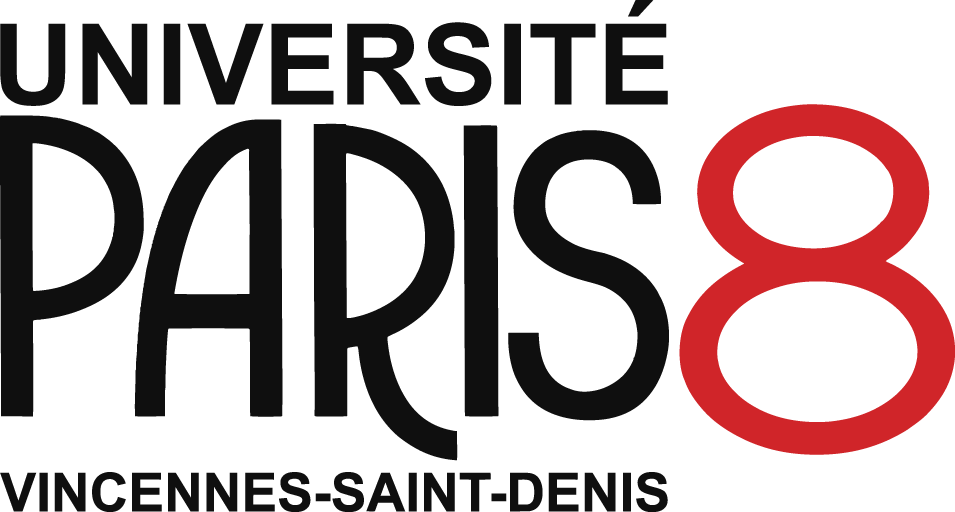Star Turns in Hollywood Musicals
Résumé
More than any other film genre, the musical of Hollywood’s Golden Age depended on the presence and number of stars on the bill: these personalities usually met the expectations of the Hollywood system and, in addition, required dancing and/or singing skills gave them a special place in a context where star images were foregrounded. This book studies what makes American musical stars so specific from the 1930s on: their performances, especially solo, which also reveal how film musicals tackle highbrow and popular cultures.
Acts by Fred Astaire, Cyd Charisse, Rita Hayworth, Barbra Streisand, Carmen Miranda, Eleanor Powell, Bing Crosby, Bob Hope, Eddie Cantor, Doris Day and the Nicholas Brothers are analyzed according to four main issues: the role of technology in cinema-made performances (editing, dubbing…); issues of ethnicity and the specific place that the musical genre granted –or did not grant– to “non-white” artists; the importance of stars specialized in comedy who opened carnival-like spaces in films; and the process of star construction itself within the Hollywood system, in relation to other forms of performance or cultural industries.
Contributions by Fanny Beuré, Marguerite Chabrol, Steven Cohan, Todd Decker, Laurent Guido, Adrienne L. McLean, Karen McNally, Jacqueline Nacache, Allison Robbins, Robynn J. Stilwell, Noah Teichner and Pierre-Olivier Toulza.Fanny Beuré, Marguerite Chabrol, Steven Cohan, Todd Decker, Laurent Guido, Adrienne L. McLean, Karen McNally, Jacqueline Nacache, Allison Robbins, Robynn J. Stilwell, Noah Teichner and Pierre-Olivier Toulza.
